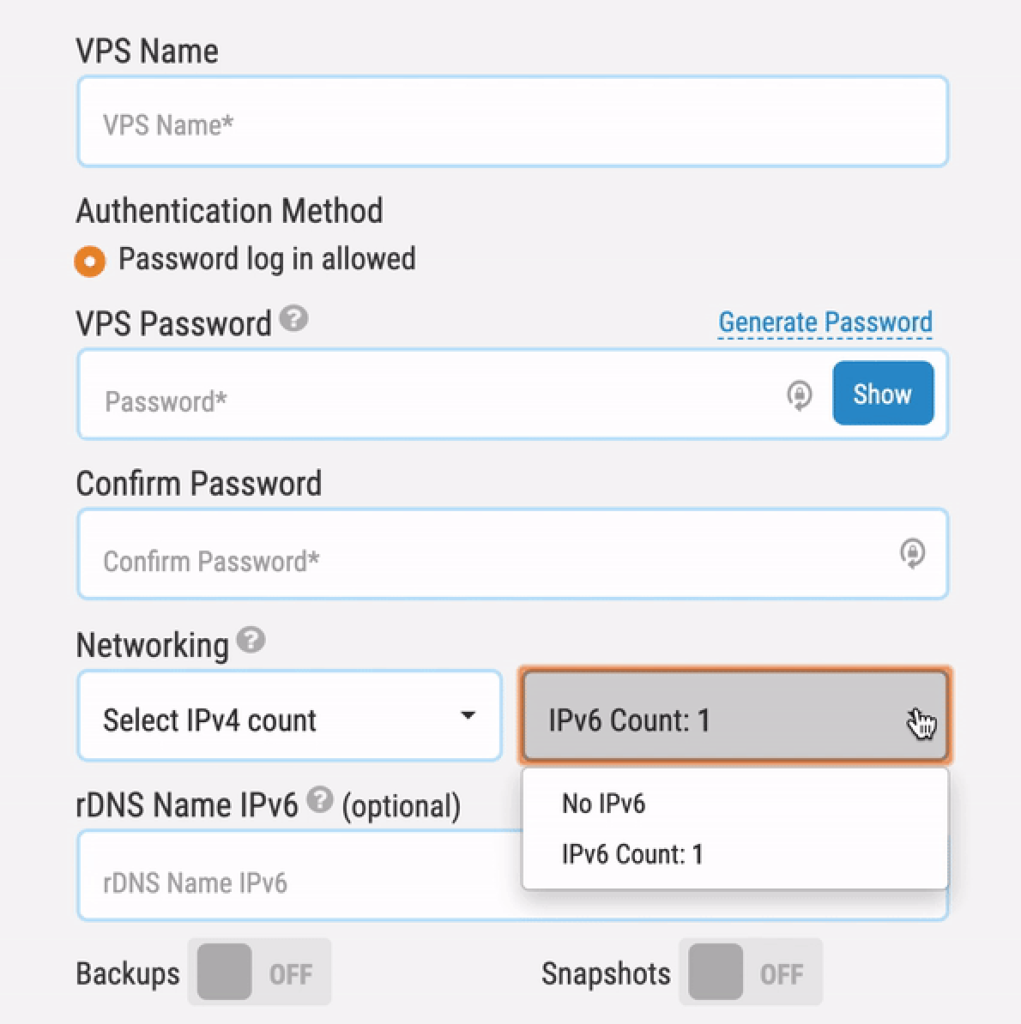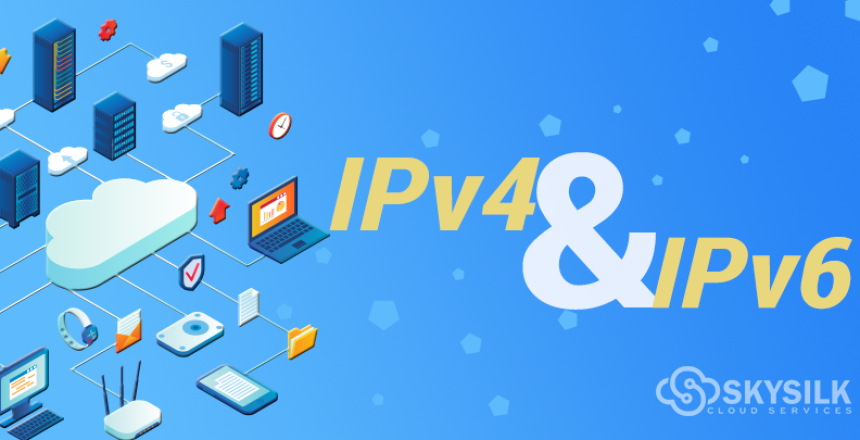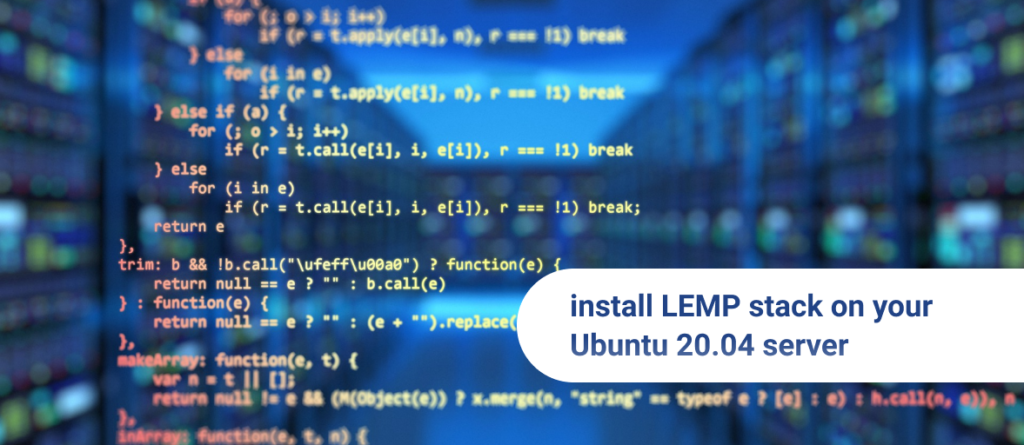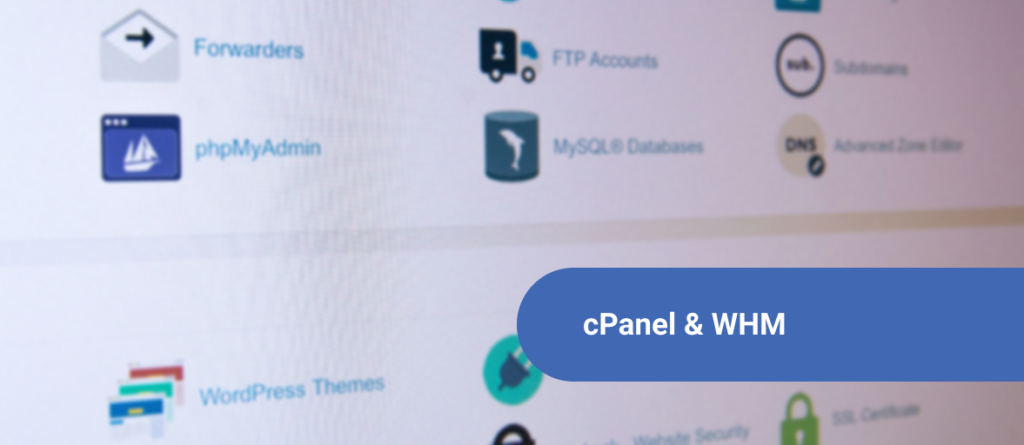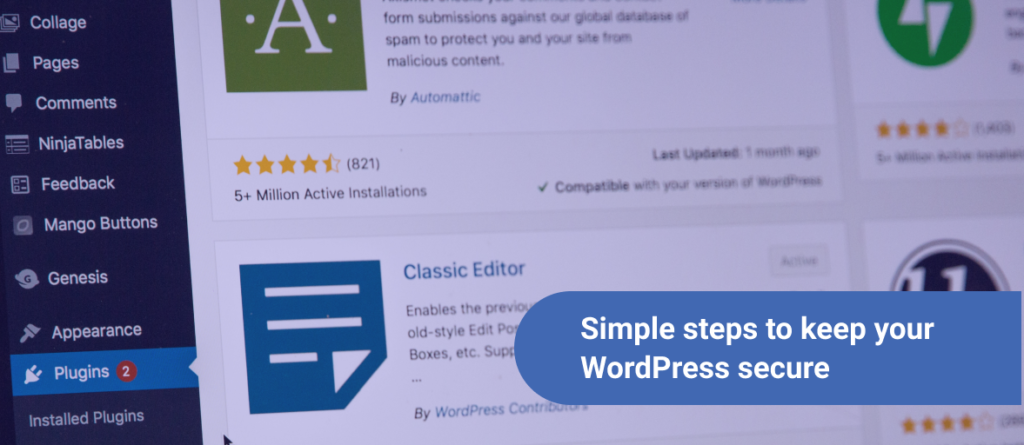We’ve heard the terms “IPv4” vs “IPv6”, especially when choosing your server. But what exactly are they, and what’s the difference?
IPv4 and IPv6 are both versions of the Internet Protocol. Each device connected to a network is assigned an internet protocol. Every VPS you deploy also gets its own IP address. IPv6 is a newer version of IPv4 and comes with some new and improved changes. What are these changes, and are they good? Which one is for you? First, let’s take a look at the difference between IPv4 and IPv6.
What is IPv4?
IPv4 is the 4th generation of the Internet Protocol, but the first widespread instance of it. An IPv4 address stores 32 bits. Everything connected to the internet has an IP. Therefore, connecting a vast amount of devices. An IPv4 address may look like the following: 192.168.0.0. As you can see, it has 4 dot-separated sections. Each section is 8 bits, across 4 spots, giving us our 32 bits. The maximum integer in a spot is 255, and the minimum is 0. Which means the theoretical maximum number of IPs is about 4.3 billion. This would seem to be enough.

IPv4 was created in the 1970s, years prior to the dot-com boom. By 1999, it was clear that IPv4 could not provide enough IP’s for future devices.
Benefits of IPv4
The first set of numbers in the IP are reserved for specific regions with some unclaimed. Although this can be a problem, IPv4 is said to be faster than IPv6, which makes it more difficult to encourage everyone to transition to IPv6. The difference, however, is just a small fraction of a second. Depending on what you’re using your server for, IPv4 may be the way to go. Due to the limited amount of IP’s available, IPv4 addresses are becoming more expensive. That said, if you need to save a few extra dollars, IPv6 may be sufficient for your use.
What is IPv6?
IPv6 is the 6th generation of the Internet Protocol, but the second widespread iteration of it. An IPv6 address may look like this: 00:00:00:00:00:00 and it stores 128 bits. Here we can see there are 6 now semicolon-separated spots for data, but only 2 digits. However, each spot contains anything from 00 to ff, as it uses hexadecimal notation (base 16). This hexadecimal format lets us store our numbers more compactly. So, where 255 in a spot was used in an IPv4 address, we would use ff. The 2 extra spots as compared to IPv4 is also huge, our limit of 4.3 billion is now a limit of 340 undecillion (340 trillion trillion trillion). Which means every single device can have their own unique IP address on the internet for all to see.
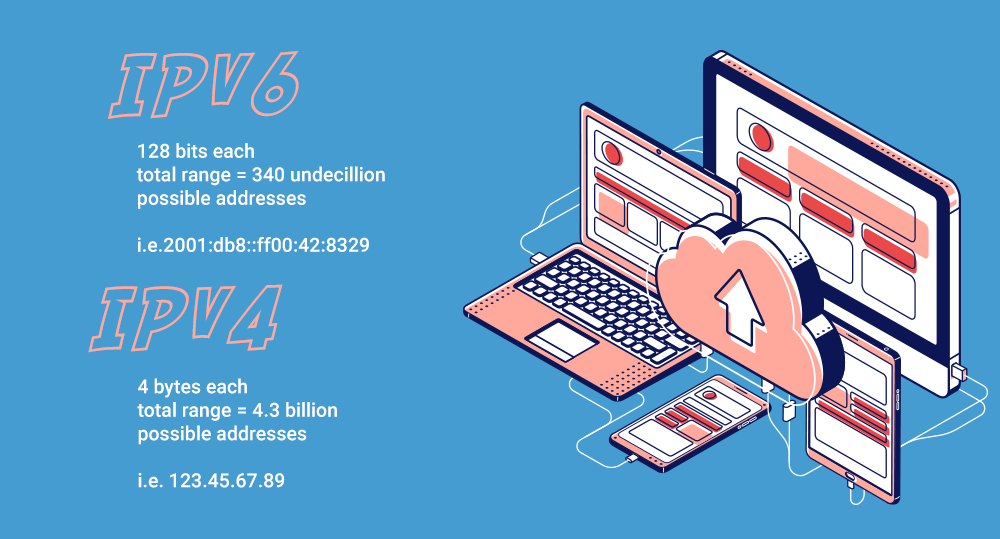
So, because IPv6 can store a significant number of IP addresses compared to IPv4, why not use it more? Unfortunately, it’s not easy. First of all, IPv4 (which is solely at most 12 numbers) is much easier to type into somewhere than a longer, alphanumeric IP. If someone tells you their Minecraft server IP, you’ll have a much easier time typing in 10 numbers than 15 letters and numbers. In most cases, you can’t even tell where it’s being used. DNS routes (for website domains) have records for IPv4 and IPv6. “A” records are for IPv4 and “AAAA” records are for IPv6.
Other Benefits of IPv6
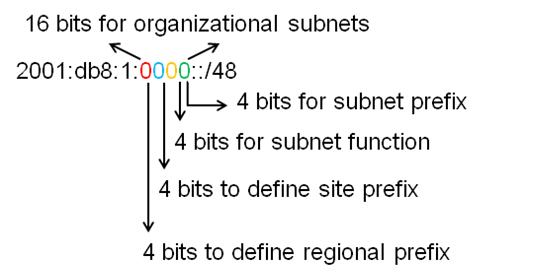
This scheme allows for 16 regions with each region having 16 sites. Keep in mind here that you could contiguously assign blocks to a region to add more sites to a region if needed. Each site then has the ability identify 16 functional prefixes with each functional prefix supporting 16 subnets. An example of a functional prefix would be workstations, servers, wireless, and voice subnets.
Jim Bailey
IPv6 also has some other benefits. Because there’s so much IP space, it leaves space for hierarchical IP sorting. An example of a hierarchy is Country::State::ISP::Your Home Internet::Extra::Extra. This then gives plenty of room for our devices. This also enables any device from anywhere to communicate with every device. Your fridge can talk to your neighbor’s fridge!
IPv4 vs IPv6
As a final comparison, the difference between IPv4 and IPv6 can and should influence your choice of server. While IPv4 is easier to remember and type in, IPv6 offers better security, more addresses, and overall a better connection experience between devices. IPv4 is also more expensive to maintain due to the limited quantity available. If you are able to use IPv6, this is the way to go.
How to Get Started with IPv6
First, make sure you’re compatible with an IPv6. All SkySilk products come with one IPv6 by default and you will have the option to choose IPv6 when creating your VPS. Second, choose a Basic, Standard or Premium plan. Select the appropriate OS of your choice or from the Apps & Tools tab. Last but not least, make sure you choose IPv6 on the dropdown menu. That’s it!
